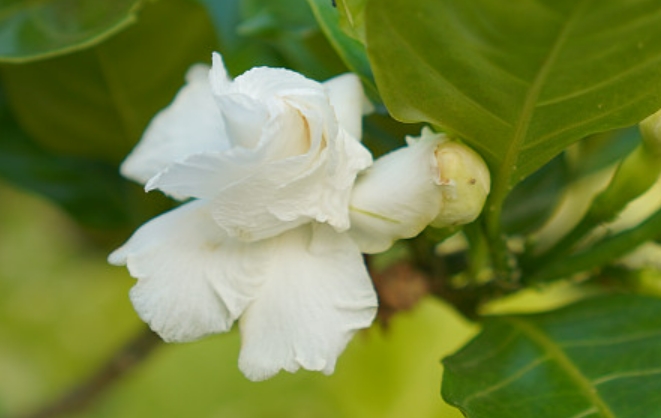Overview
Latin name: Jasminum sambac
Common name: Arabian jasmine
Abbr: Jsa
Taxonomy: Oleaceae/Jasmineae/Jasminum
References: NCBI:txid660624
Level: Chromosome
Chromosome number: 2n=2x=26
Genome size: 505.5Mb

Introduction: Jasminum sambac , commonly called Arabian jasmine, is probably native to India or Southeast Asia where it is a broadleaf evergreen shrub. On a support, it grows as a twining shrubby vine. Unsupported, it grows as a sprawling shrub. Plants feature small, waxy, white, salverform flowers (1” diameter) in clusters (cymes) of 3-12 blooms on downy stems clad with broad-ovate, dark green leaves (to 3” long). Flowers are exceptionally fragrant. In its native territory, this species will grow to as much as 25’ and produce flowers throughout the year. In containers in St. Louis, it usually is grown to 4-5’ with flowers appearing primarily in summer. In China, dried flowers are used to scent jasmine tea. In Hawaii (where commonly called pikake), flowers are used in leis. This species is the national flower of the Philippine Islands.
Type: Broadleaf evergreen
Native Range: Tropical Asia
Bloom Time: June to August
Flower: Showy, Fragrant
Leaf: Evergreen
Information sources: PlantFinder